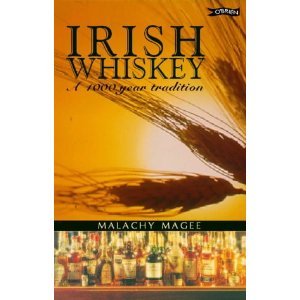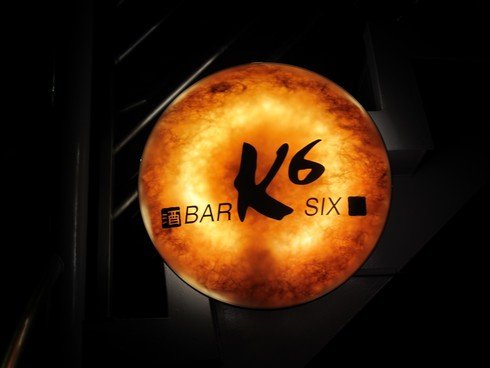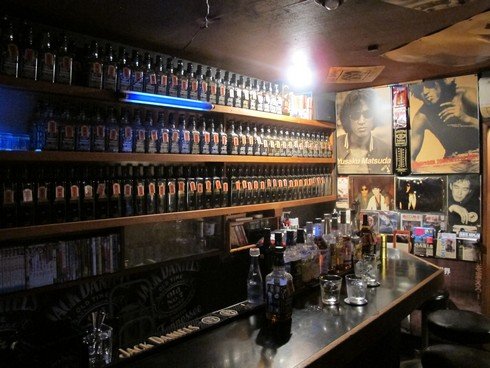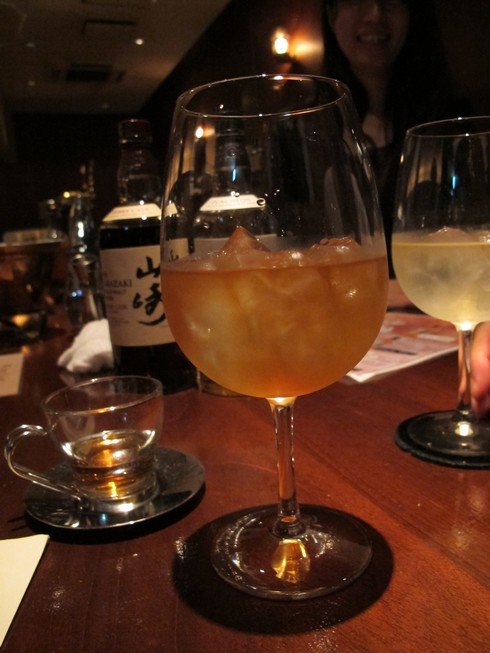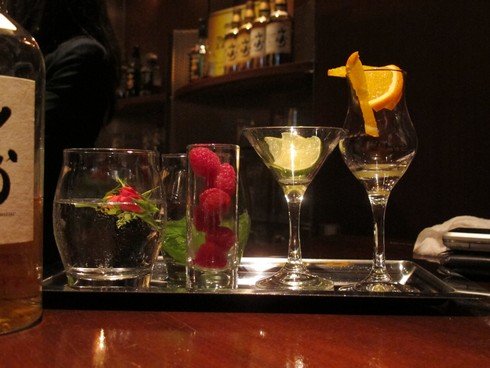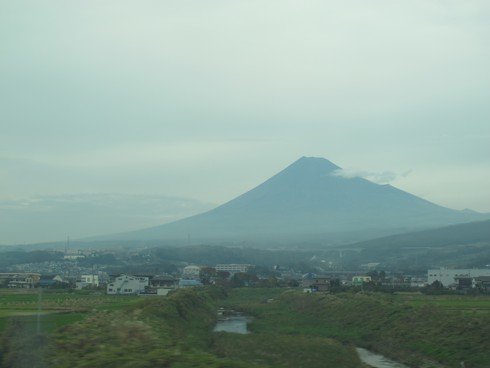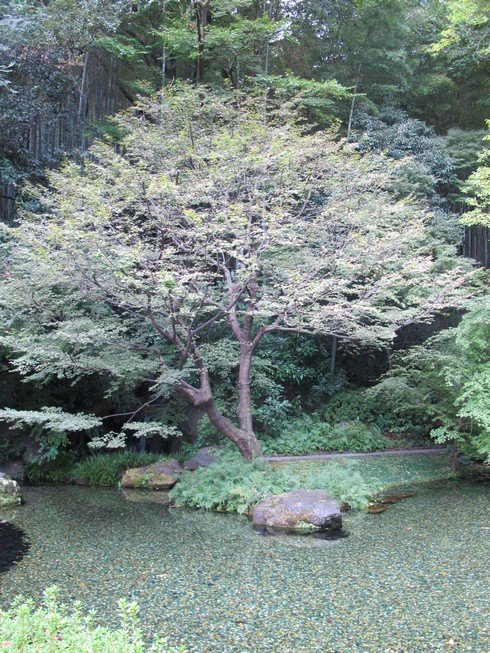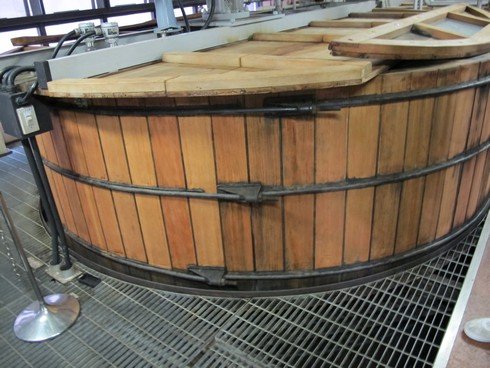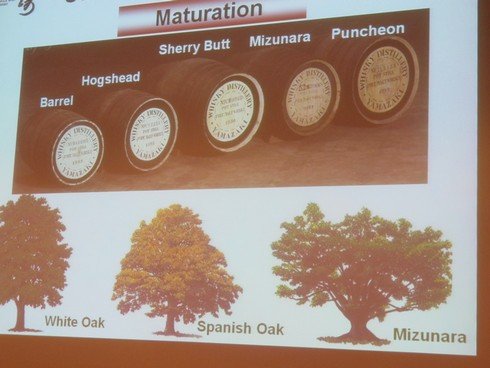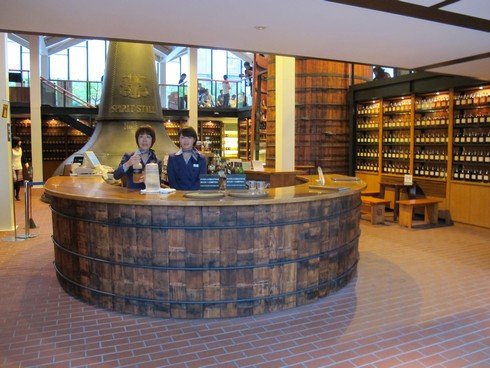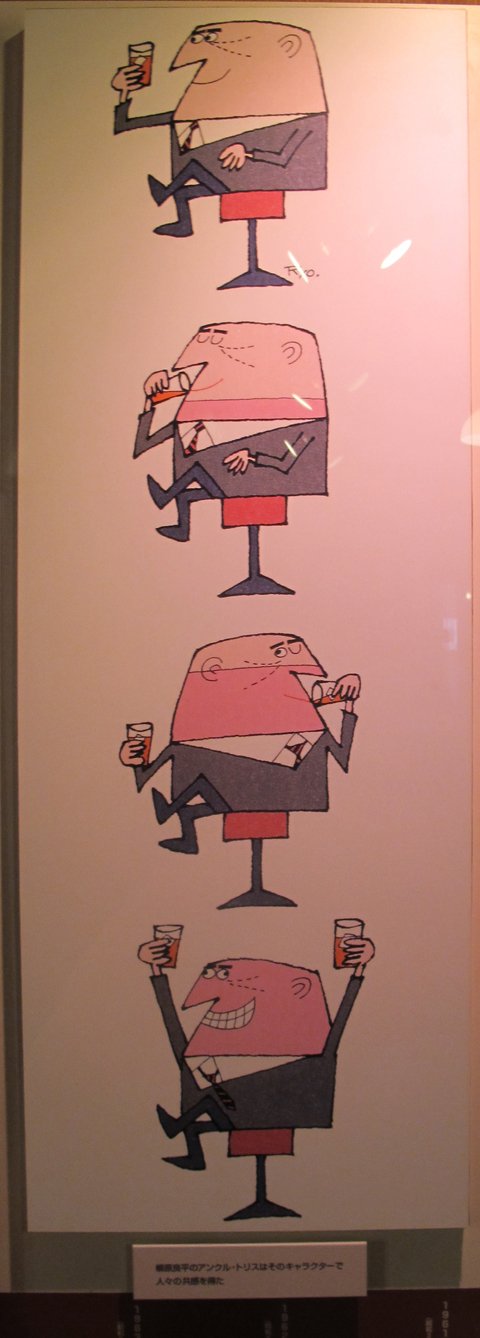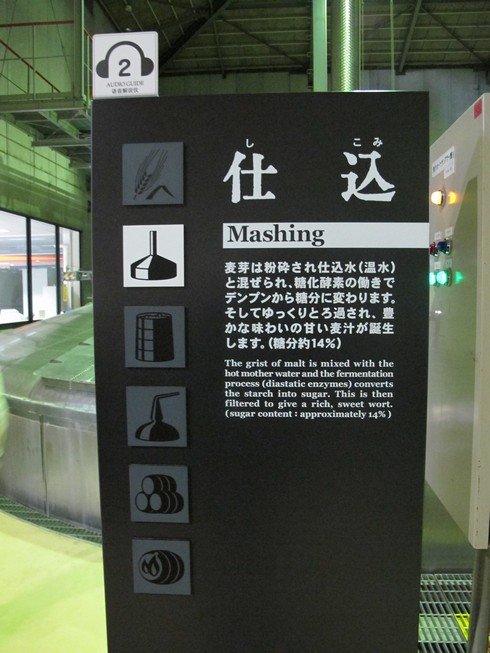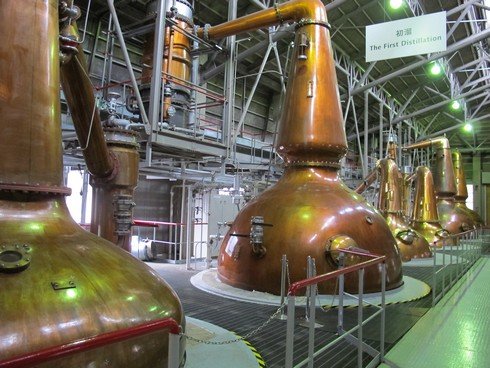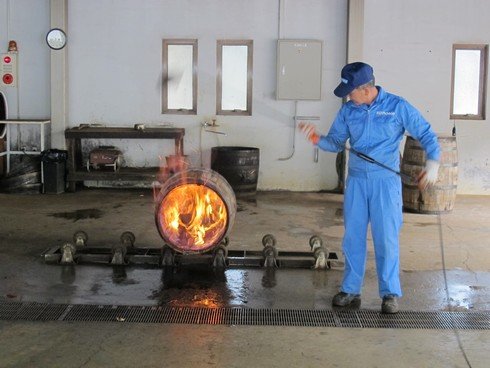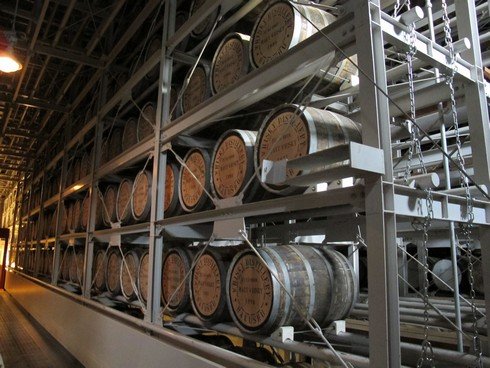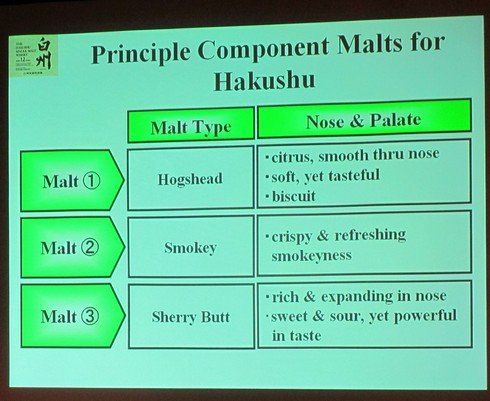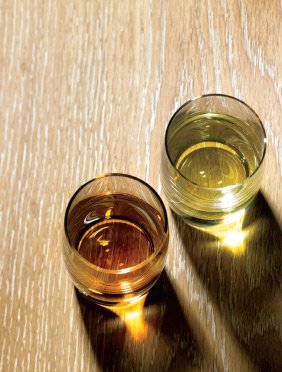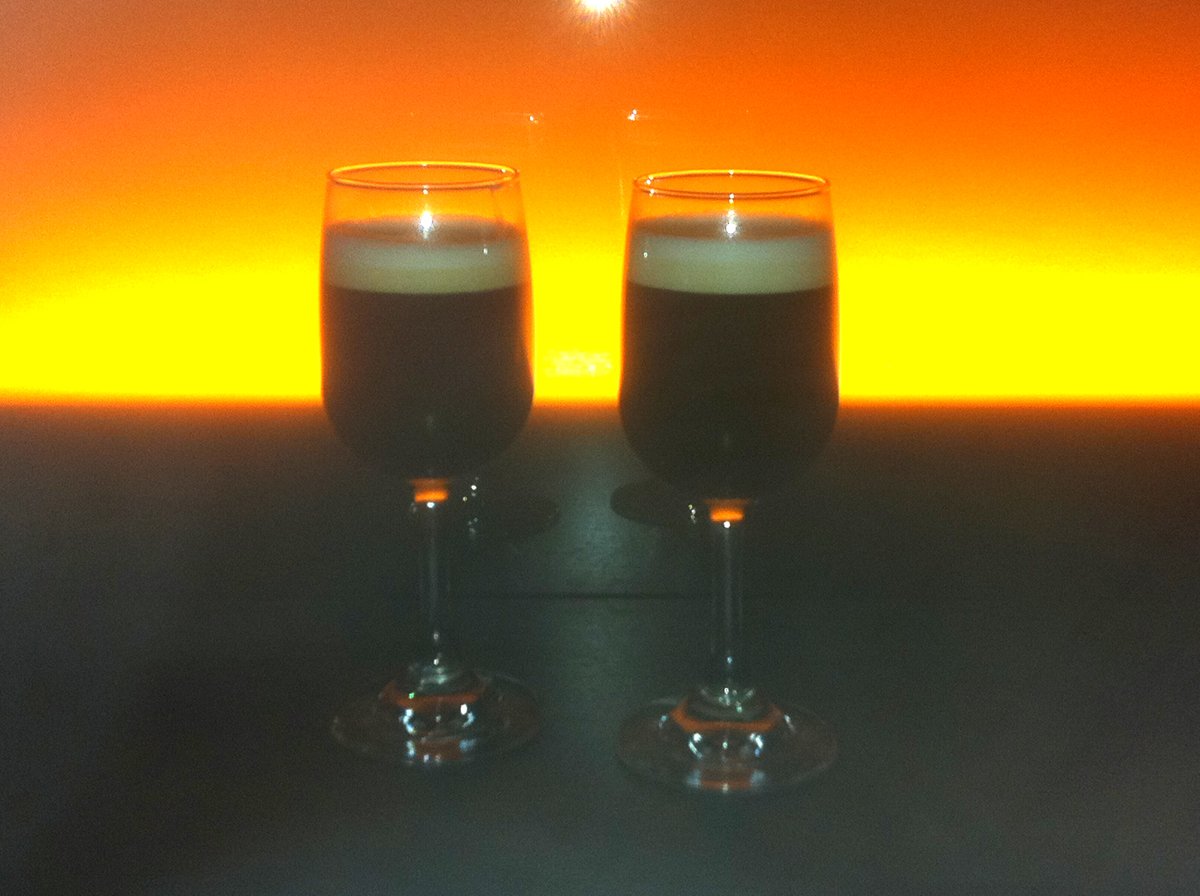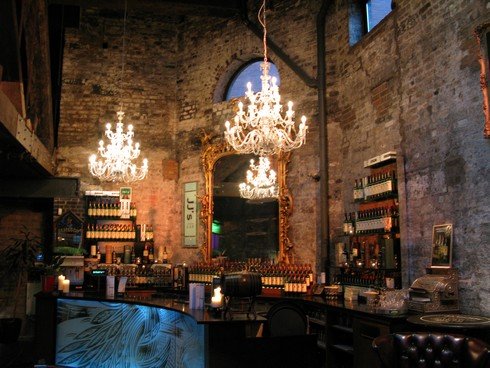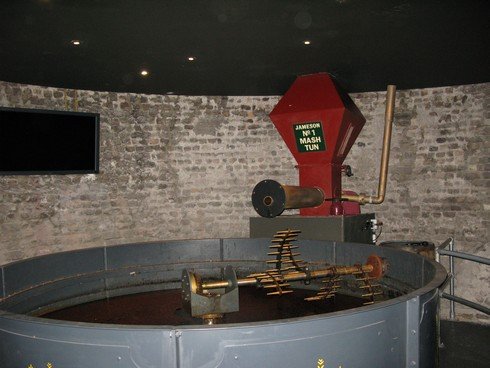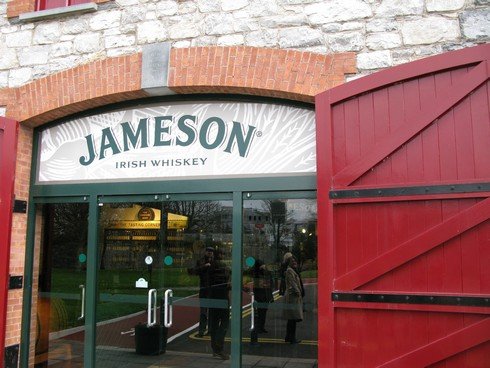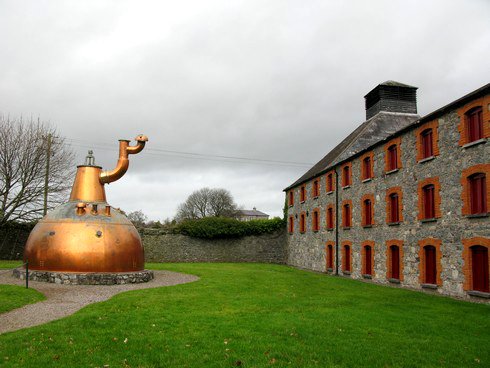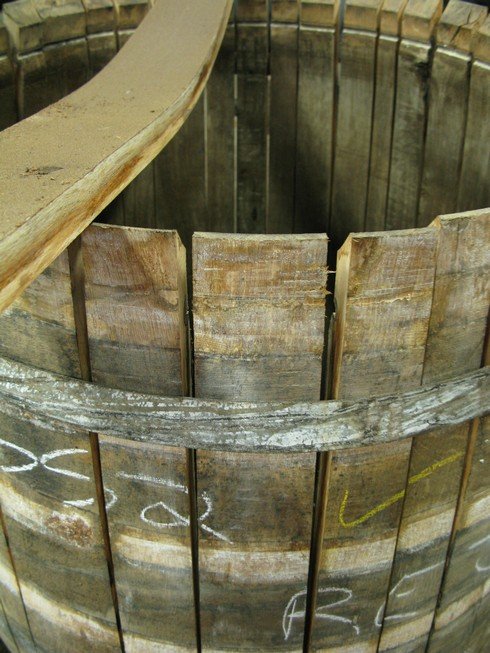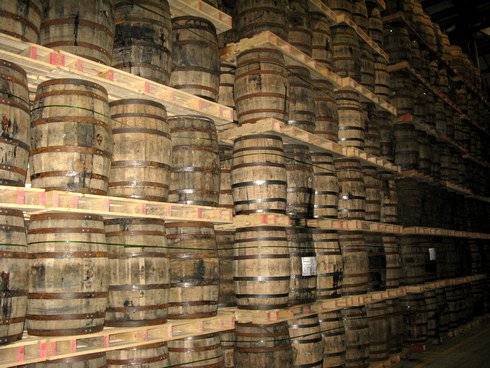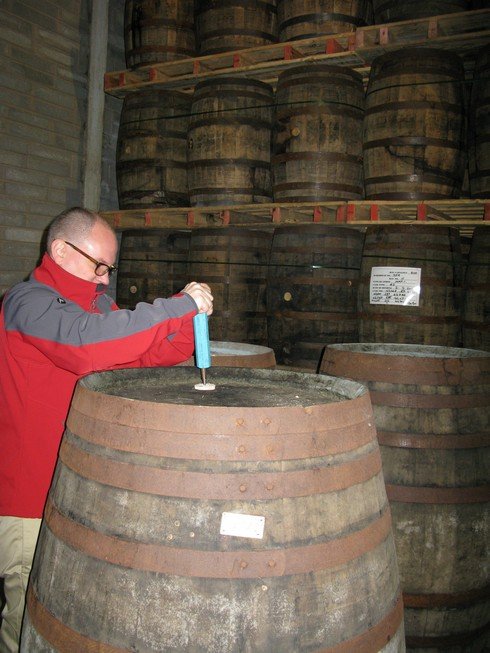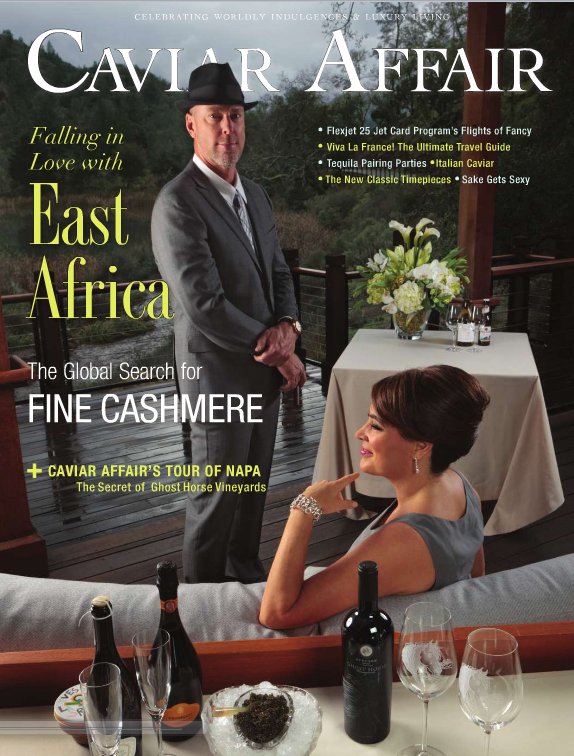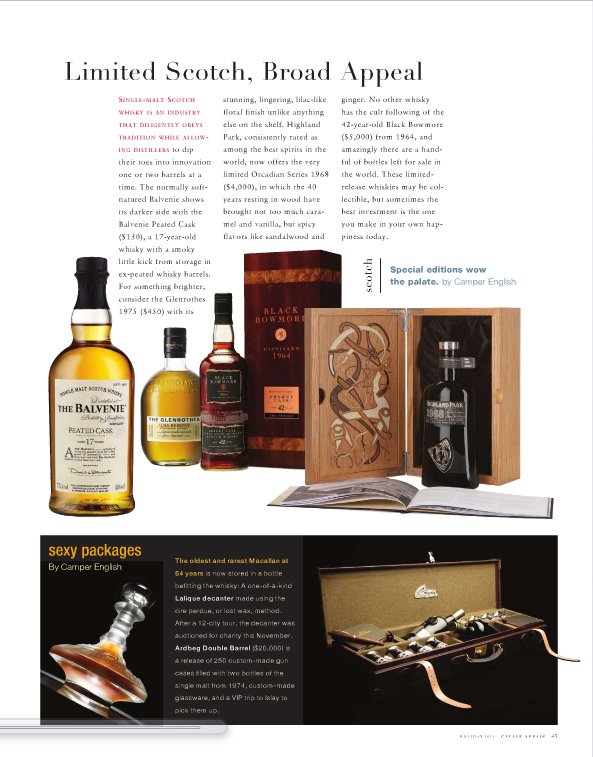What is pot still whiskey?
The obvious answer is "whiskey that's made in a pot still," but apparently that's not true if you're in Ireland.
I was on a trip recently with whiskey writer/expert/class clown/author Dominic Roskrow and was showing off my sexy Irish whiskey distillery diagram, when he called me out on it. He said that the Cooley distillery makes no pot still whiskey.
"But they have pot stills in which they make whiskey, so obviously they make pot still whiskey," I said. It went back and forth for a few days, but the argument comes down to this:
In Ireland, "pure pot still" whiskey has long meant whiskey distilled from a combination of malted and unmalted barley. Thus "pot still Irish whiskey" doesn't tell us the type of still used to make it; it tells us the barley blend used. They claim if you distill another type of whiskey in a pot still (such as all-malted barley) in Ireland it is not pot still Irish whiskey.
That's like a basketball player arguing that an soccer ball is not a ball because it's not a basketball.
But apparently there is no use arguing logic in Ireland… so let's look at the law.
In his efforts to prove me wrong, Roskrow turned to someone with even more expertise in Irish whiskey, Peter Mulryan. Mulryan filled us in on how they've changed the legal definition to fit their local definition of pot still Irish whiskey. Mulryan wrote in an email:
Until very recently there was no legal definition of what constituted a Pot Still Irish whiskey, this allowed John Teeling [of Cooley distillery] to say that his single malt was a pot still whiskey, as it was distilled in a pot still. This was of course nonsense, as the traditional industry definition of a pot still whiskey has nothing to do with the distillation process itself; it was and is, all about the mash. A pot still whiskey is made from a COMBINATION of both malted and unmalted barley. Simple.
The industry and the Irish Government have recently clarified this new definition and it is now certified by the EU, John Teeling has backed down and he too now endorses this new legal status. At the same time the word 'Pure' was dropped from packaging, as the word had no standing in law, it was replaced by the word 'Single', this now appears on all Irish Distillers bottlings and literature.So from the start of 2012 a single pot still Irish whiskey is one made on the island of Ireland, from a mash of malted and unmalted barely, which has been matured for at least three years in oak. However that was always accepted as the norm, the law simply enforces best practice.
But here's the thing: in order to conform to international standards, they had to drop the word "pure" from "pure pot still Irish whiskey." So apparently you can't just completely make things up in Ireland after all!
It's just too bad their also-historically-accurate-but-logically-nonsensical definition of "pot still" made it through legislation.

